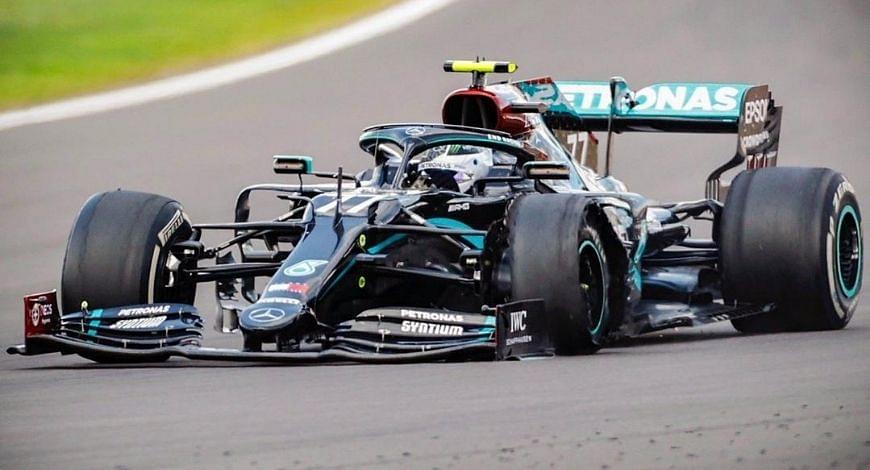Pirelli had been under massive pressure to launch a thorough investigation, after multiple left-tyre failures at the F1 British Grand Prix.
Mercedes drivers Lewis Hamilton and Valtteri Bottas both suffered from front-left tyre failures in the last three laps at Silverstone. The latter missed out on precious podium points, while Hamilton somehow managed to drag his car and win the race. He crossed the chequered flag ahead of runner-up Red Bull’s Max Verstappen by 5.856 secs.
Similarly, McLaren’s Carlos Sainz suffered the tyre failure on his front-left. He was fifth, but eventually missed the Top 10 as drivers went past him. He eventually finished 13th, right behind Williams’ George Russell.
Pirelli: The hard tyre will last 40 laps
Teams: *Push tyre longer than 40 laps*
*Tyre fails*
Teams:#BritishGP #F1 pic.twitter.com/pWc8m4Jtvs— Keenan Kolarik (@KeenanKolarik) August 2, 2020
Pirelli with their official statement
After the race ended, Pirelli confirmed that an investigation has already begun at their laboratories and their Milan HQs. Pirelli’s statement calls the race at Silverstone “the biggest forces ever seen on tyres generated by the fastest Formula 1 cars in history”.
The official press release by the Italian manufacturers said: “Pirelli has concluded its initial analysis on a number of tyres that were run at Silverstone last weekend.”
“This allowed identifying the cause of the failures followed by deflations that affected both Mercedes and the McLaren of Carlos Sainz. The key reason is a set of individual race circumstances leading to extremely long use of the second set of tyres.”
“The second safety car period prompted nearly all the teams to anticipate their planned pit stop. They decided to carry out a particularly long final stint: around 40 laps. This is more than three-quarters the total race length on one of the most demanding tracks of the calendar.”
“Combined with the notably increased pace of the 2020 Formula 1 car (pole position was 1.2 seconds faster compared to 2019) this made the final laps of the British Grand Prix especially tough, as a consequence of the biggest forces ever seen on tyres generated by the fastest Formula 1 car in history.”
Also read: Toto Wolff speaks out on the tyre failures and the Mercedes ‘Dream Team’.







